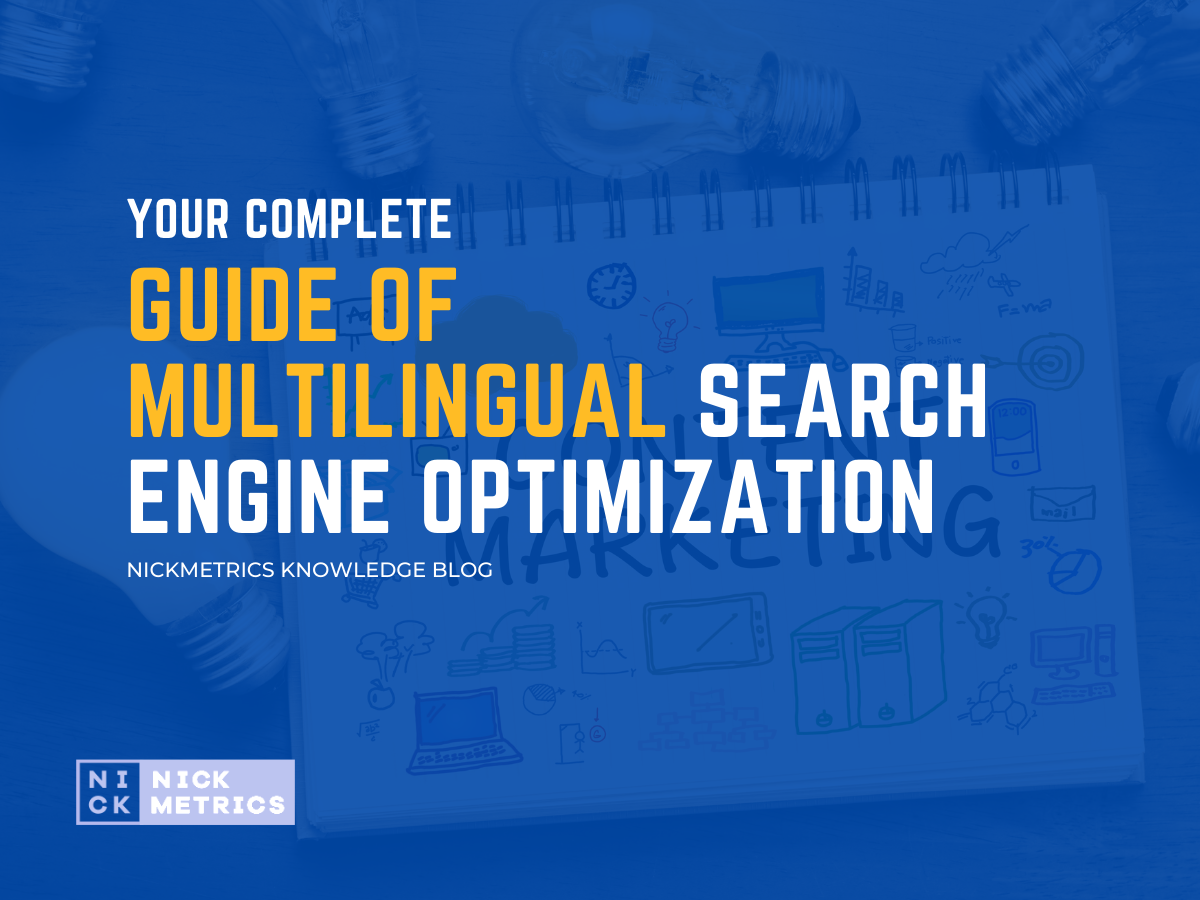
ENTER YOUR EMAIL ADDRESS
Follow Us

Multilingual SEO is a process for optimizing your website in multiple languages. In the past, this type of SEO was reserved for people targeting specific foreign markets. But with the emergence of a global ecommerce market in the 2010s, it’s slowly becoming the standard. Europe now presents 17% of the global ecommerce market. Even if you’ve only targeted the US market, you have to admit, that are too many potential shoppers to miss out on. Do you want to penetrate other markets? Have a wider specter of audience? That’s where you apply multilingual SEO. However, the process requires far more than a simple translation. So, if you want it to be done properly, you need to do your homework.
To begin with, your source language SEO strategy must be well-researched, prepared, and applied correctly. Google algorithms are developing in a way where the quality of content is becoming the most important metric in ranking. That means, your French, Spanish, and Chinese content needs to be just as good as your English content. Your pillar page must have great content, the right keywords, a good meta description, and a good number of backlinks. Once all of that is done, you’re ready to go multilingual. Here are four steps you need to follow to have a true multilingual website…
Don’t even consider using Google translate. The United States, United Kingdom, and New Zealand, and many other countries all use English. But they all require unique SEO strategies due to their cultural differences. If that’s the case in the same language-speaking countries, it applies to others even more. Besides translating content, you need to adapt it. Your keyword difficulty or search density will vary from region to region. Consequently, the targeted market must be explored so content adaptation can be done correctly.
Changing your domain isn’t necessary, but can be helpful. Although it isn’t exact, there is the opinion that it helps your ranking. For instance, you’re targeting the French market. Replacing .com with .fr makes your geo-targeting clearer. As the division of sites. The biggest downside this move has is cost. Changing domain is pretty expensive. Availability can also be a problem. There is an alternative in the URL structure
Text can extend or shorten when translated. It can be important because it interferes with some SEO attributes. Google usually shows the opening 50 titles and around 150 meta description characters. Those shown can be a deciding factor in a potential site’s visitor entering or not. This can ruin a good job of finding the right keyword. So it’s not something to left out of sight.
People’s tendencies vary depending on the region they live in. That is worth exploring because it helps you tailor your SEO strategy. As intent is becoming one of the decisive factors in Google ranking, knowing your targeted audience’s behavior is important. Even more in a multilingual SEO. How engaging your site impacts its ranking. Thus, becoming a big factor in its proper localization.
You’re chasing that global market. You have big goals. If that’s the case, you need to understand that your website can’t be truly international without Multilingual SEO. Even though more than half of Google content is in English, there are regional differences between English-speaking audiences. It’s all about adapting. Following the steps we listed above, you can tailor-make your content to target a dozen countries around the world.
Tags: Multilingual, Multilingual SEO, Search Engine Optimization, SEO